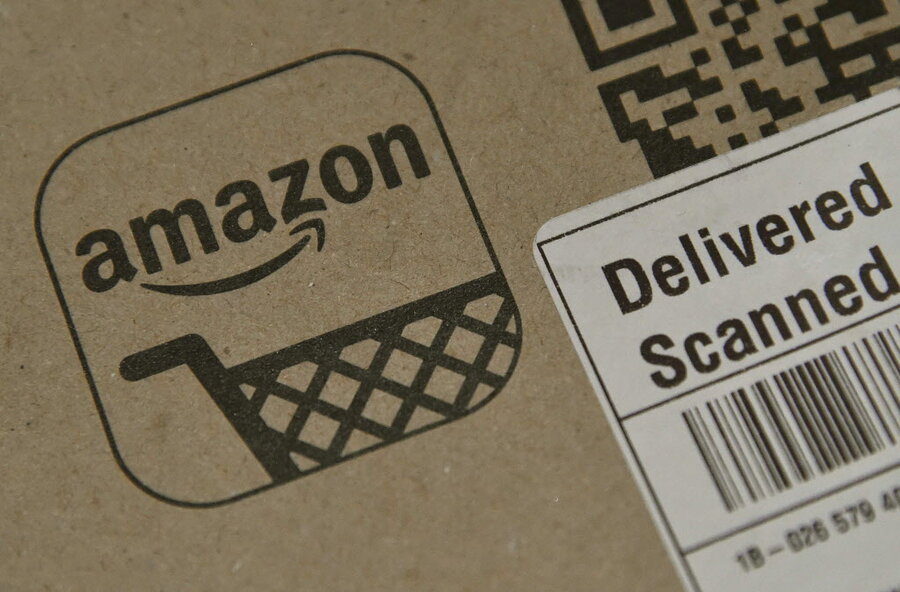How did customers react to the free shipping increase at Amazon?
Loading...
Most Amazon shoppers probably realize the online retailer isn't above raising prices for its services. Two years ago, the yearly cost of a Prime membership increased from $79 to $99. In October of 2013, the minimum amount required for non-Prime members to receive free shipping went from $25 to $35.
Now, the price has been raised again, to $49. This puts Amazon in line with other online retailers who often charge minimums of $50 to qualify for free shipping — but Amazon is the largest online retailer in the country by far, and practically a utility for many, not just "another online retailer." How is this latest change going to affect shopping habits of Amazon customers?
How Did Customers React?
Not surprisingly, customers aren't particularly happy when they have to spend more money to snag those perks they've become accustomed to receiving.
In our survey of 1,360 people, 96% of participants without Prime reported that the higher minimum will change how they shop at Amazon. When asked why, a full 75% said that they're more likely to shop around now to find the best price.
These respondents were able to select multiple reasons why the change would affect them, and a few additional grievances rated highly; 67% said they were less likely to place smaller orders because they wouldn't earn free shipping, while 52% were annoyed about the change and plan to avoid shopping there as much on principle.
That irritation about the change might be influencing shoppers' opinion of Prime as well. When asked if these non-Prime users were more likely to subscribe to the service now that the free shipping minimum has increased, 97% said no. Whether their opinion softens after the initial shock of the change has subsided remains to be seen.
Alternatives to Amazon
Amazon's new minimum for free shipping puts the store on par with, or even higher than, some of its competitors' offerings. If you're looking to shop around more in the future, then check out our list below of the shipping details for the most common alternative retailers. Some of these vendors offer in-store pickup as well, which could be more widely available than the Amazon locker pickup locations, and also save on shipping charges.
These prices are based on standard shipping costs, which takes approximately three to seven business days for orders to arrive, depending on the store. Certain items might also tack on various shipping surcharges, so be sure to carefully inspect your total before placing an order to ensure you're getting the best deal.
Home, Grocery, and General Items
- Target: Target offers free standard shipping when you meet a minimum of $25. However, depending on your order, an oversized handling fee could apply.
- Walmart: Meet a minimum of $50 to earn free shipping to your home. Anything less than that, look into ordering online and selecting in-store pickup to save big.
Home and Clothing
- JCPenney: Orders that are at least $25 qualify for free shipping to any store, and orders of $99 and over are good for free shipping "anywhere."
- Macy's: Purchases under $99 ship for a flat-fee of $9.95. Purchases over $99 are free to ship, plus all beauty orders ship free as well. Occasionally we see free shipping promotions that require lower minimum purchases.
- Sears: Sears has recently lowered its minimum amount to earn free shipping. Qualifying orders of $35 or more now ship for free and Shop Your Way Max members also receive free two-day shipping on most items. A Shop Your Way Max membership is $39 per year.
Electronics
- Best Buy: Shopping here will net free shipping on minimums of $35 as long as the items qualify. However, the My Best Buy rewards program has three tiers of membership and offers different shipping benefits with each. The basic level requires a $35 minimum purchase. The second tier, elite, can be reached by making $1,500 worth of purchases in a calendar year. Shipping benefits for that level include free standard shipping and scheduled delivery for a year, with no minimum purchase required. The third level, eliteplus, is reached when you make $3,500 in purchases in a calendar year; it then provides free expedited shipping and scheduled delivery for a year, with no minimum purchase required.
- Newegg: Newegg might seem a bit tricky at first. Several items qualify for free shipping on their own, but it's dependent on what you buy. Otherwise, you can purchase a Premier membership to get free 3-day or less shipping on select items. Members also receive discounted 2-day and 1-day shipping, among other benefits. Currently there are a few special offers for buying into a Premier membership. The normal rates are three months for $19.99, six months for $29.99, or 12 months for $49.99. However, shoppers can download the mobile app to get a 3-month membership for free right now. Students at qualifying educational institutions can also get $20 off a 12-month membership, making it $30.
Books
- Barnes & Noble: Members of its rewards program receive free shipping, but non-members must meet a $25 minimum.
- Books-A-Million: Millionaire's Club members earn free shipping on qualifying items. The price of a yearly Millionaire's Club membership is $25.
It's still too early to know what kind of response Amazon will see over this latest price increase. However, our survey seems to indicate the retailer might have to work hard to win back some customers.
This article first appeared at Dealnews.





